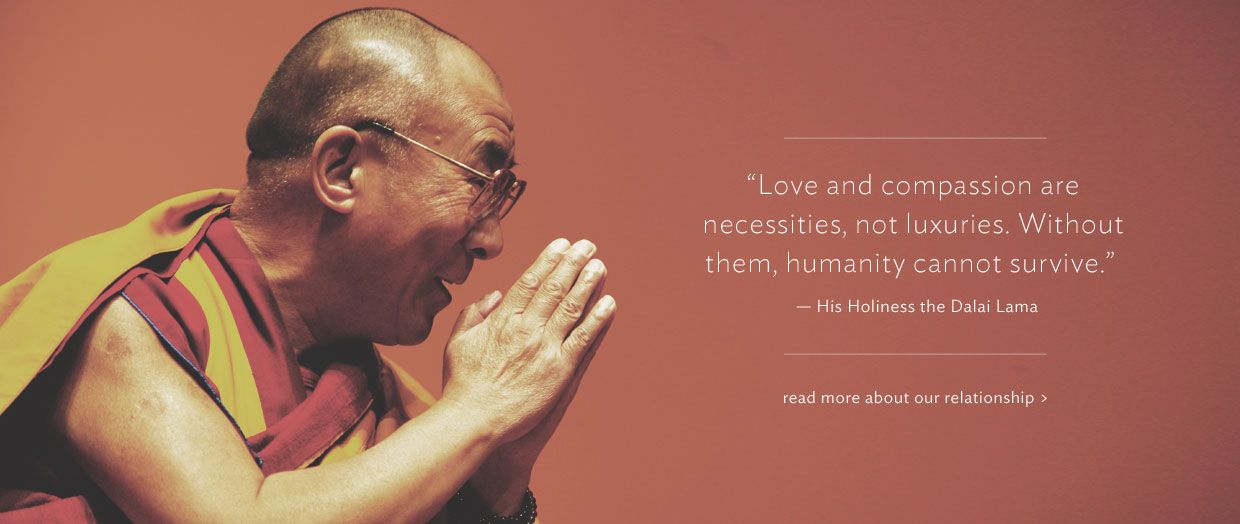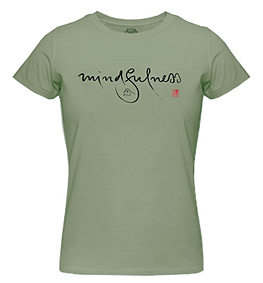The Raja Sutta offers this story:
At one time, the Buddha was staying in Savatthi, near Jetta's Grove. King Pasenadi Kosala and Queen Mallika were staying in the upper palace. He said to her, "Is there anyone more dear to you than yourself?"
"No, your majesty," she answered. "There is no one more dear to me than myself. And what about you, your majesty? Is there anyone more dear to you than yourself?"
"No, Mallika. There is no one more dear to me than myself."
The King went to the Buddha and reported this exchange.
Then, on realizing the significance of that, the Blessed One on that occasion exclaimed:
This is seen as a teaching on why we should not cause harm to others. Just as we want to be happy, all beings want to be happy, and we should not make ourselves happy in ways that make others unhappy. Interdependence and all that.Searching all directions
with one's awareness,
one finds no one dearer
than oneself.
In the same way, others
are fiercely dear to themselves.
So one should not hurt others
if one loves oneself.
It's interesting, though, that it comes in a conversation between a husband and wife. Our romantic view of marriage is that finding the right person -- our Prince or Princess Charming, the One For Us -- will make everything OK for all of eternity. We expect that person to be devoted to our happiness, and vice versa, and everyone falls short and resentments develop.
My experience -- and I have 34 years of marriage experience as of today (happy anniversary, sweetie!) -- is that you have to love yourself enough to be present in the relationship, not erase yourself for the benefit of the other person. You have to respect yourself and your partner so that the relationship has space for two people, who can grow and change so the relationship can too.
One of our favorite stories is O. Henry's "Gift of the Magi," in which a poor couple celebrate Christmas. The man sells his treasured watch to buy his wife hair combs that she admires in a shop window; she sells her hair to buy him a chain for his watch. And when they find out what they've done for each other, they start making dinner, continuing to build a relationship of care and love.
The magi, as you know, were wise men--wonderfully wise men--who brought gifts to the Babe in the manger. They invented the art of giving Christmas presents. Being wise, their gifts were no doubt wise ones, possibly bearing the privilege of exchange in case of duplication. And here I have lamely related to you the uneventful chronicle of two foolish children in a flat who most unwisely sacrificed for each other the greatest treasures of their house. But in a last word to the wise of these days let it be said that of all who give gifts these two were the wisest. O all who give and receive gifts, such as they are wisest. Everywhere they are wisest. They are the magi.
Be the magi. Know that the other person is as important as yourself, listen to their heart's desires, be present. And keep moving. The ending of an episode is never the end of the story.
 The center, a secular, non-political, not-for-profit organization, was established in 2005,
The center, a secular, non-political, not-for-profit organization, was established in 2005, 




